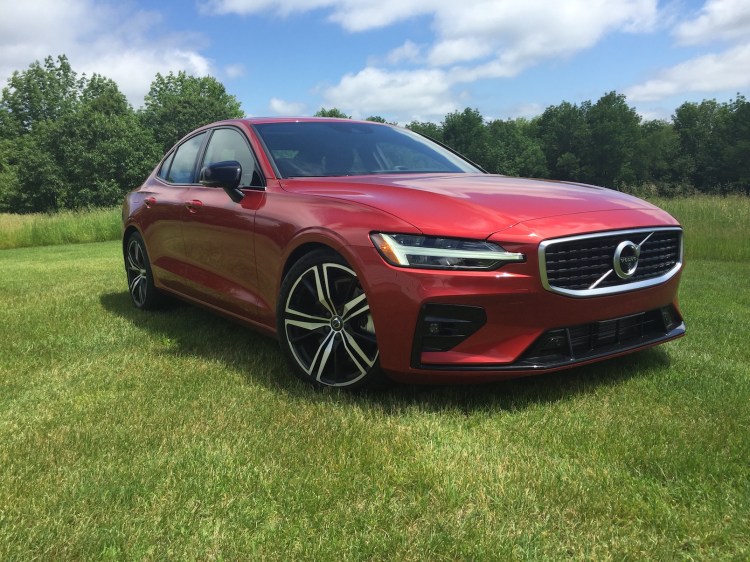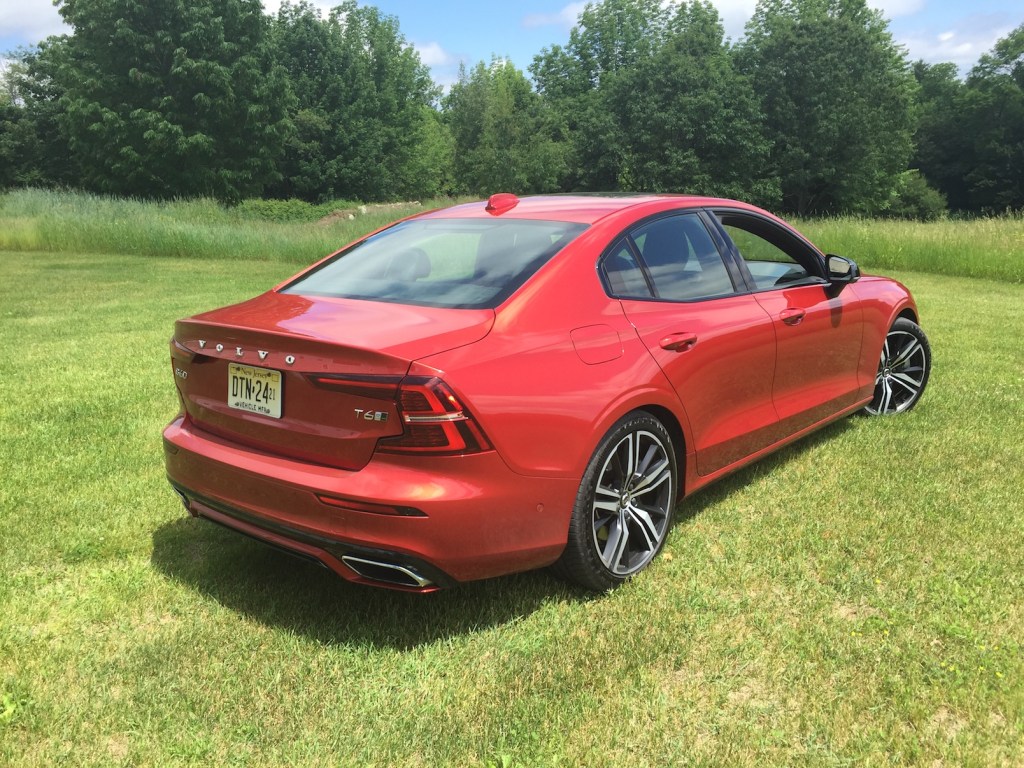Volvo, once a part of Ford Motor Company’s Premier Portfolio with Jaguar, Land Rover, and Aston Martin, has aggressively moved beyond this ill-conceived marriage with the significant aid of new owner Gheely Holding’s financial resources. Selling well in China (home of Gheely) Volvo is doing better in Europe (its home turf) and in America – but here remains a niche automaker.
The latest Volvos have fresh styling, handsome new interiors, and an innovative series of powertrains all based on the same 2.0-liter four-cylinder engine employing various combinations of turbo and supercharging to increase output. Volvo will also roll out a new electric-power series late this year: Polestar-labeled vehicles will chase the market for Tesla-like driving.
It wasn’t that long ago that the S60 sedan was the brand’s staple product here. Then the XC90 crossover arrived, followed by the mid-size XC60.
Now the compact XC40 is making sales headway as conventional cars are far less popular, even at Volvo.
Last year, Volvo dealers sold only 11,876 S60s in America – slightly more than half of the brand’s total car sales. Volvo sold more than 76,000 crossovers in the U.S. during 2018, highlighting the growing gap between cars and crossover demand.
Yet a new design brings hope that Volvo can continue to battle Mercedes, BMW, Audi, and Lexus for a shrinking share of premium small sedans. From the street, the eye says yes, the S60 has the lines, the visual appeal to make that goal a reality.
Inside, the S60 has the all-important touchpoints necessary to please consumers. The diameter of the steering wheel, the thickness of the wheel and its surface, the noise level of the cabin, the tone of the climate fan motor, how the control stalks work (they are one-touch,) how easily the buttons and dials engage intended functions (for big fingers and small,) how the seat fits, and on and on.
These are the subtleties that affect consumers’ buying decisions, given the dizzying array of features, content, and general performance of the industry today.
And for Volvo, does the brand still possess the “feel” of its Swedish roots? Thor’s hammer LED handlamps suggest that Volvo believes these traits remain important.
If you are among the majority of drivers who have been out of the new car market for – on average, according to the latest data, 11.8 years – then the Volvo will present revelations that your current car is missing.
Features like headlights that turn when you bend the steering wheel, and side-maker lamps that illuminate corners for low-speed turns. An optional heads-up display splashes data onto the base of the windshield ahead of your forward view, decreasing distracting glances away from the action ahead. This display can even produce sign-recognition data to help manage your speed, one of three speed limit displays available in the latest Volvo.
Unfortunately, the sensors, some aligned with GPS data, were hardly ever accurate. So don’t rely solely on this information lest your reduced pace annoy the neighbors.
There is lane assist to help keep your driving centered on the highway, and forward braking assist with City Safety pedestrian sensors to help when you might not see everything ahead.
And Volvo’s Sensus display screen, a 12.3-inch vertical screen, commands your entertainment and information access. Using swipes and touches like an i-Pad, the Volvo screen is better than the myriad mouse-controlled displays popular in this segment, but still needs some conventional buttons to streamline repetitive operations. Enabled with Wi-Fi, Apple and Android, plus HD radio and Sirius, the screen can perform tasks that your previous, 12-year old car couldn’t dream of.
The recent leaps in technology incite our lust for the possible. After all, we’ve been promised the flying car since the 1960s, right? So autonomous driving is, like, right around the corner isn’t it?
Not so fast, Bucky. The challenges of replacing even meager human brain functions operating a moving vehicle are proving daunting to scores of engineers trying to replicate every possible scenario that occurs behind the wheel of today’s driving fleet.
The first 90 percent of development was actually easy compared to the 10 percent necessary to make a car’s systems “think” and react to the tens of thousands of situations that we drivers can deal with, but car computers have yet to conquer.
Don’t think so? Ask the families of the deceased Tesla pilots who relied on autonomous driving mode, and it didn’t work.
Add weather to the mix and we are still several years away from embracing full autonomous driving – especially in rural states like Maine.
But with 316 supercharged and turbocharged horses under the hood, all-wheel drive for traction, and a balanced chassis for ride and handling, why would you want to give up the reins and let a computer drive?
The S60 T6 R-design, ($35,800 base, $55,490 shown) is a blend of the now and the possible. Loyal Volvo fans will appreciate the overall package, with a wagon model too, while the general populace moves onto more two-box crossover designs.
Send questions/comments to the editors.




